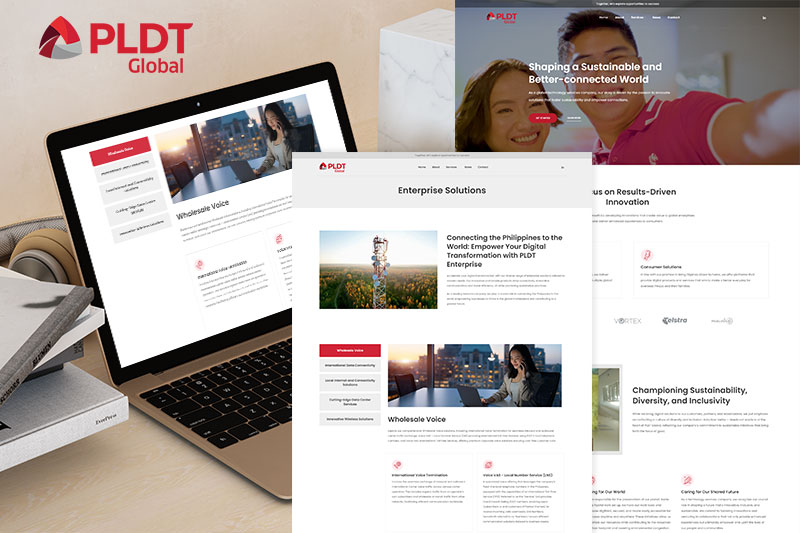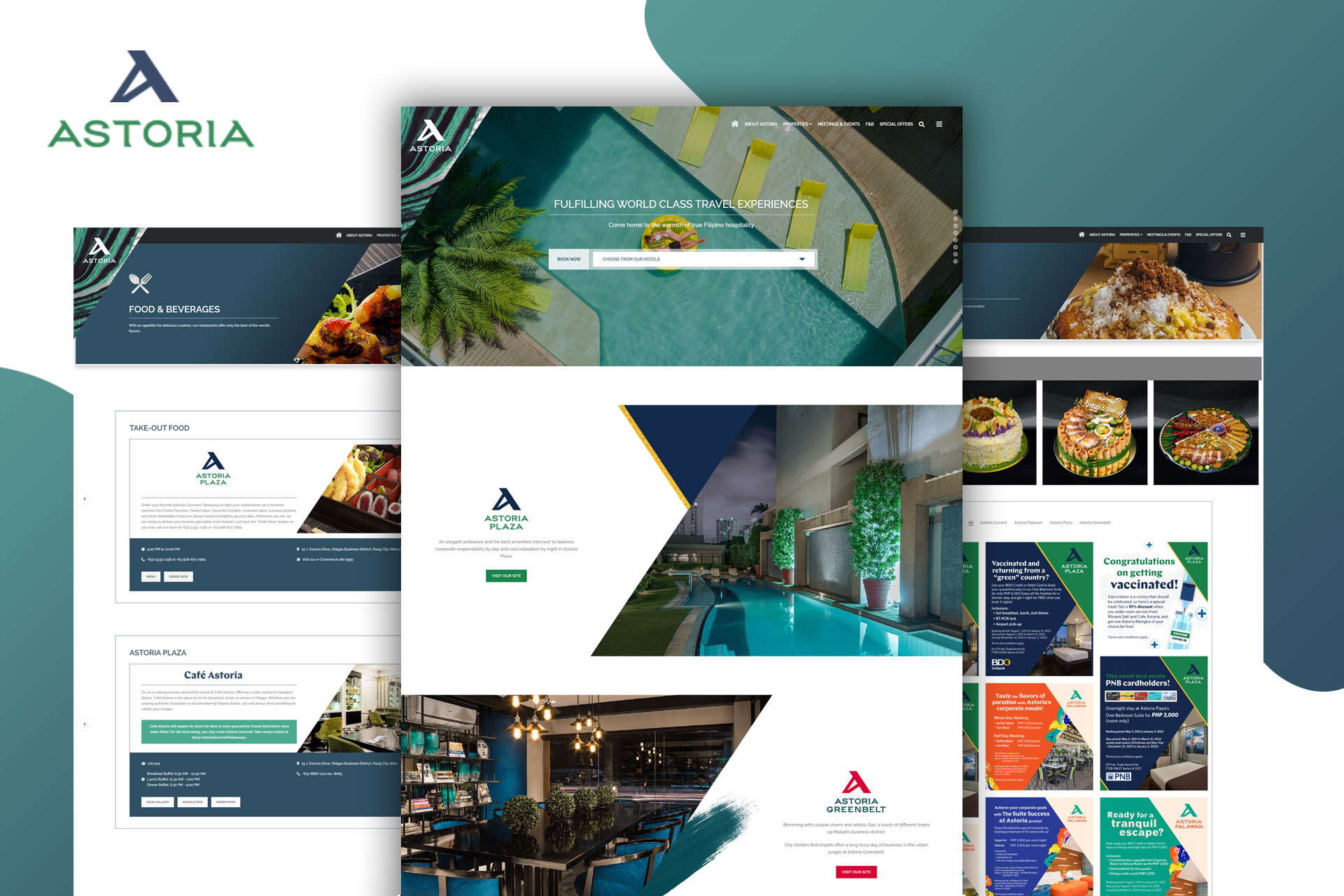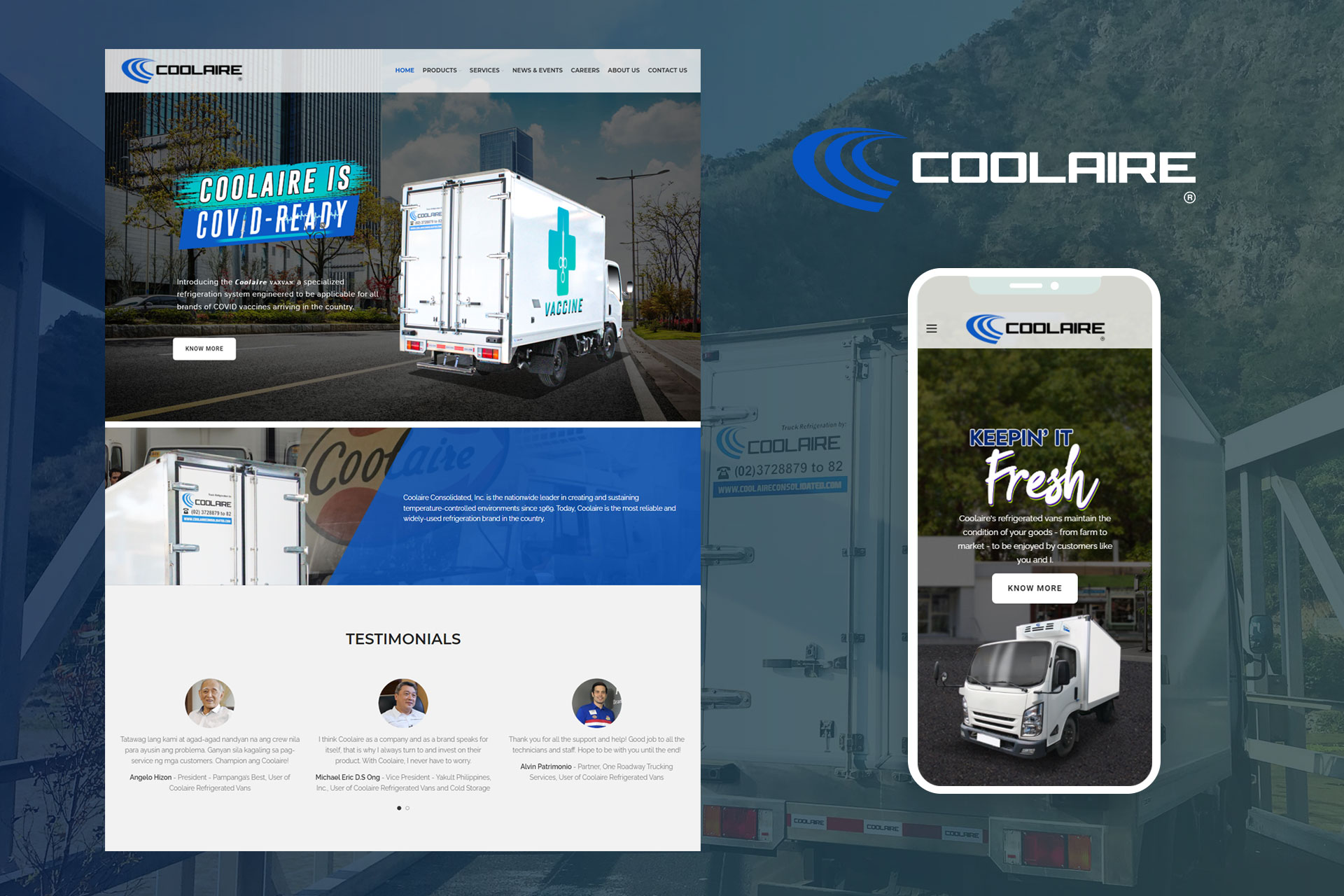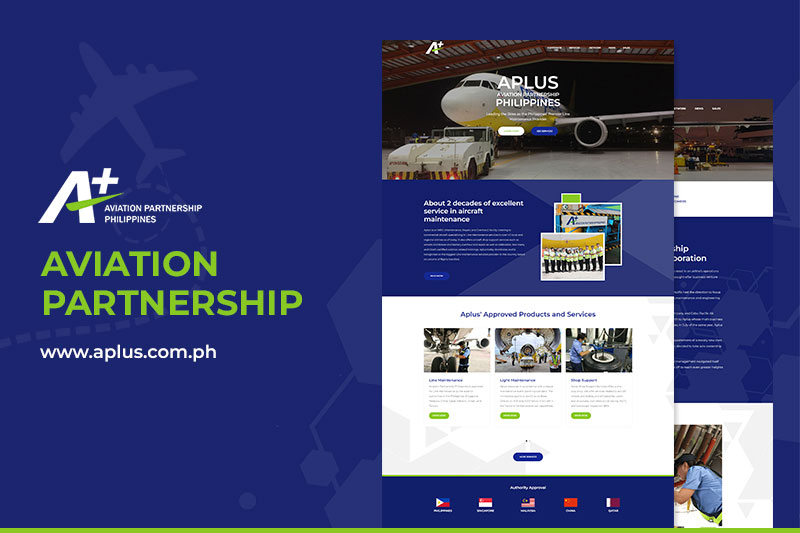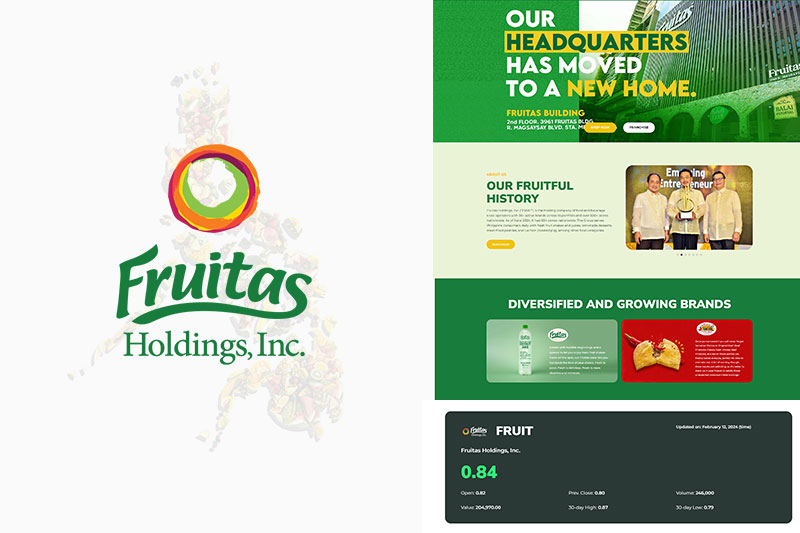Web design isn’t just about aesthetics or functionality; it’s also about ensuring that everyone can access and use the content online. This is where accessibility standards come into play. Accessibility standards ensure that websites are designed and developed in a way that makes them usable for people with disabilities. Now, let’s delve into why complying with these standards is so crucial.

What Are Accessibility Standards?
Accessibility standards are guidelines and criteria set forth to ensure that digital content, including websites and applications, can be accessed and used by people with disabilities. These standards cover various aspects of web design, such as:
- Perceivable: Ensuring that content is presented in a way that users can perceive, regardless of their sensory abilities.
- Operable: Making certain that users can navigate and interact with the website using different input methods, such as keyboards, mice, or assistive technologies.
- Understandable: Content should be clear and easy to understand, with predictable layouts and functionalities.
- Robust: Building websites that can adapt to different technologies and devices, establishing compatibility with assistive technologies.
Related: What is Web Accessibility and Why Does It Matter?
Why Is Accessibility Standards Compliance Important?
1. Inclusivity and Equal Access
The primary reason for complying with accessibility standards is to allow everyone, regardless of their abilities, to access and use the web. By adhering to these standards, web designers can create inclusive digital experiences that cater to a diverse audience.
Related: What is Inclusive Web Design? Understanding Its Basics
2. Legal Requirements
In many countries, there are legal requirements and regulations mandating that websites adhere to accessibility standards. Failure to comply with these regulations can result in legal consequences, including fines and lawsuits.
3. Business Benefits
Apart from the ethical and legal considerations, there are also practical benefits to compliance with accessibility standards. For businesses, accessible websites can expand their reach to a larger audience, including people with disabilities. This can lead to increased traffic, better user engagement, and ultimately, higher conversion rates.
4. Improved User Experience
Accessibility and usability often go hand in hand. By making websites more accessible, designers can also enhance the overall user experience for everyone. Clear navigation, readable text, and intuitive interfaces benefit all users, not just those with disabilities.
Common Accessibility Issues
Despite the importance of accessibility standards, many websites still fall short in providing an inclusive experience. Some common accessibility issues include:
● Lack of Alternative Text
Images without descriptive alt text can be inaccessible to users who rely on screen readers.
● Poor Color Contrast
Low color contrast between text and background can make content difficult to read for users with visual impairments.
● Unstructured Content
It refers to websites without proper headings, lists, and semantic markup, which can be challenging for screen reader users to navigate.
● Keyboard Incompatibility
These are websites that rely solely on mouse interactions that can be inaccessible to users who cannot use a mouse due to physical disabilities.
Ways to Ensure Accessibility Standards Compliance
Ensuring compliance with accessibility standards requires a proactive approach during the design and development process. Here are some tips to help you create accessible websites:
1. Use Semantic HTML
Semantic HTML elements provide meaning and structure to web content, making it easier for assistive technologies to interpret and read. Use headings, lists, and landmarks appropriately to organize your content.
2. Provide Descriptive Alt Text
Always include descriptive alt text for images to ensure that users with visual impairments can understand the content. Describe the purpose or context of the image rather than its appearance.
3. Test with Assistive Technologies
Regularly test your website with screen readers, keyboard navigation, and other assistive technologies to identify and address accessibility issues. User testing involving people with disabilities can provide valuable feedback on the usability of your website.
4. Follow WCAG Guidelines
WCAG outlines specific success criteria for achieving accessibility across various aspects of web design.
Want to start your web design project today? Contact us, and we’ll be glad to assist you!


 Shopify Website Design
Shopify Website Design  Small Business Marketing
Small Business Marketing 